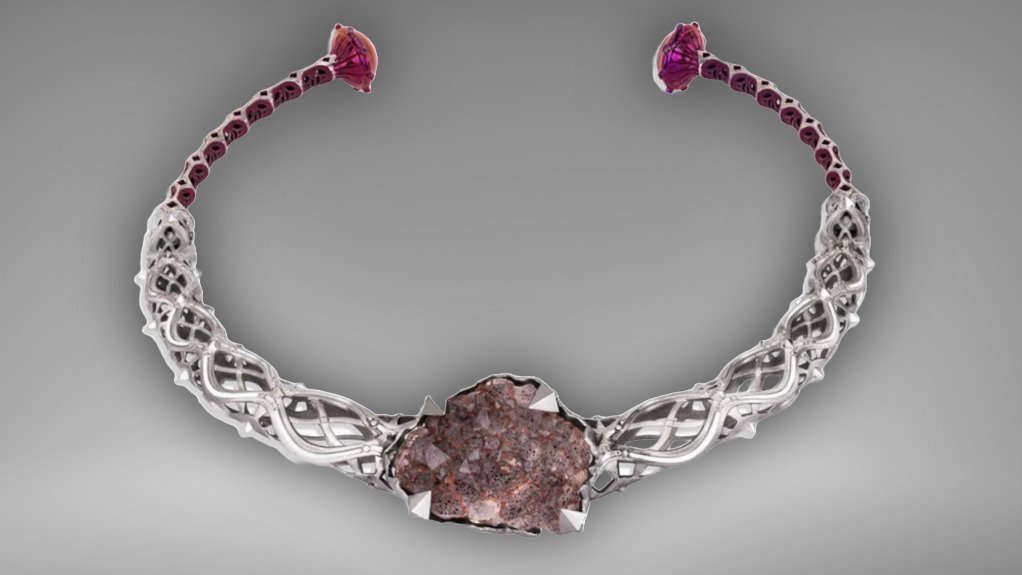Having been over a decade since Japan’s Tanaka Precious Metals developed the world’s first platinum-based powder for 3D printers, the World Platinum Council (WPIC) highlights how the use of platinum group metals (PGMs) in speciality powders for 3D printing continues to evolve.
The WPIC explains that enabling platinum-based materials to be produced using 3D printers made it possible to form them into complex shapes, harnessing platinum’s excellent corrosion resistance and exceptional strength at extremely high temperatures to manufacture new types of products.
Today, it notes, the additive manufacturing of PGM speciality metal powders is of increasing interest in the aerospace industry.
According to chemicals and sustainable technologies provider Johnson Matthey, the WPIC says, the next generation of satellite thrusters is expected to be made this way, providing longer lifetimes, reduced intrinsic metal content and greater freedom of design.
Further, the council explains that high-temperature, corrosion-resistant parts, for industries such as glass fibre manufacturing, can be viably manufactured with additive manufacturing and PGM powders due to technological advancements that are minimising material waste.
Meanwhile, 3D printing also brings benefits in terms of reducing inventory.
Instead of procuring hundreds of units of an item, then warehousing, securing, tracking and insuring them, additive manufacturing requires the storage of only a range of powders, which can be printed on demand, the WPIC notes.
While 3D printing is a maturing technology for the wider jewellery industry, the council says last year saw the commercial launch of the first platinum-based jewellery to showcase the potential for 3D printed platinum in the sphere of jewellery design and fabrication.
The 30-piece Tùsaire Collection – named after the Scottish Gaelic word for pioneer –comprised platinum and titanium torc necklaces with interchangeable elements such as cuffs, rings and earrings.
“We really wanted to put 3D printing of platinum to the test, to identify advantages and challenges, in the hope of expediting the technology’s application to jewellery to create novel designs and experiences.
“There is no doubt additive manufacturing will be very important for the future of jewellery as it unlocks many new possibilities,” Platinum Guild International global director of innovation Tai Wong commented at the time. ![]()






